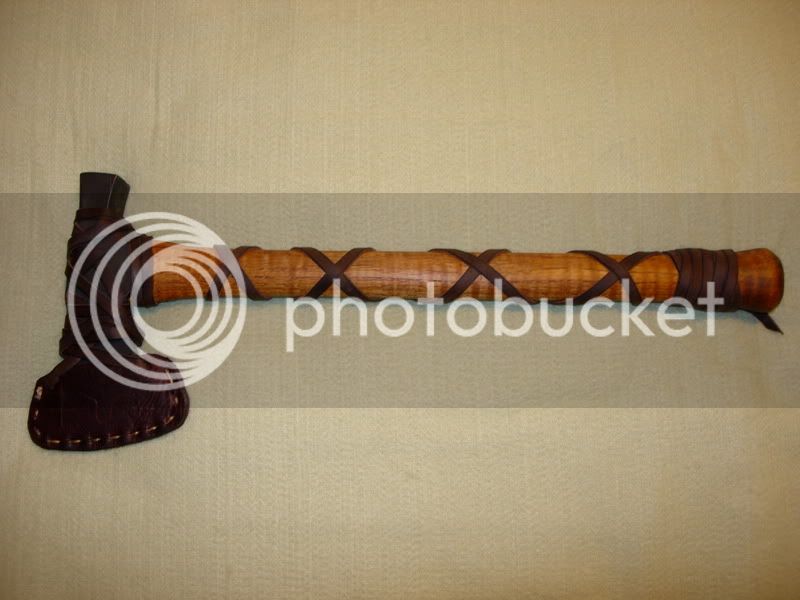barebackjack
40 Cal.
- Joined
- Apr 4, 2006
- Messages
- 361
- Reaction score
- 0
Im not so sure this is a problem, it may just be the nature of AF.
Ive been experimenting with some AF from track of the wolf. Ive been following their instructions from their website to the letter. But for some reason I keep on getting the exact same color.
Ive tried 100% stength of their solution, a 50% dilution, and a 25% silution, but keep getting the same color. All wayyyyyy to dark.
The only color difference I can get is in neutralizing with lye to get a more reddish tone, versus baking soda which leaves it more brown.
I cannot get the figure to stand out with high contrast like on some of your gentlemens fine guns (the wood in striped, I did a test with some laurel mountain stain and it looked great) but cant get it to work with the AF.
Here is my process....
1. Apply AF
2. Blush till the green goes away (ive tried blushing while wet as well as letting the solution dry before blushing....no difference)
3. Rub back with a green abrasive pad and water till the wood looks like an old barn board
4. Neutralize (some with baking soda, some with lye.....prefer the lye for the reddish/orange undertones)
5. Buff some more with 0000 steel wool
6. Lots of coats of tru-oil
What am I doing wrong? You can see the figure, but the contrast just isnt what Ive seen from some of your guys examples.
I would really like a very mellow yellow tone, and the instructions claim this can be obtained with a 50% dilution, but not in my tests.
The wood is red maple, if that matters.
Any help would be great.
Thanks in advance
Boone
Ive been experimenting with some AF from track of the wolf. Ive been following their instructions from their website to the letter. But for some reason I keep on getting the exact same color.
Ive tried 100% stength of their solution, a 50% dilution, and a 25% silution, but keep getting the same color. All wayyyyyy to dark.
The only color difference I can get is in neutralizing with lye to get a more reddish tone, versus baking soda which leaves it more brown.
I cannot get the figure to stand out with high contrast like on some of your gentlemens fine guns (the wood in striped, I did a test with some laurel mountain stain and it looked great) but cant get it to work with the AF.
Here is my process....
1. Apply AF
2. Blush till the green goes away (ive tried blushing while wet as well as letting the solution dry before blushing....no difference)
3. Rub back with a green abrasive pad and water till the wood looks like an old barn board
4. Neutralize (some with baking soda, some with lye.....prefer the lye for the reddish/orange undertones)
5. Buff some more with 0000 steel wool
6. Lots of coats of tru-oil
What am I doing wrong? You can see the figure, but the contrast just isnt what Ive seen from some of your guys examples.
I would really like a very mellow yellow tone, and the instructions claim this can be obtained with a 50% dilution, but not in my tests.
The wood is red maple, if that matters.
Any help would be great.
Thanks in advance
Boone





